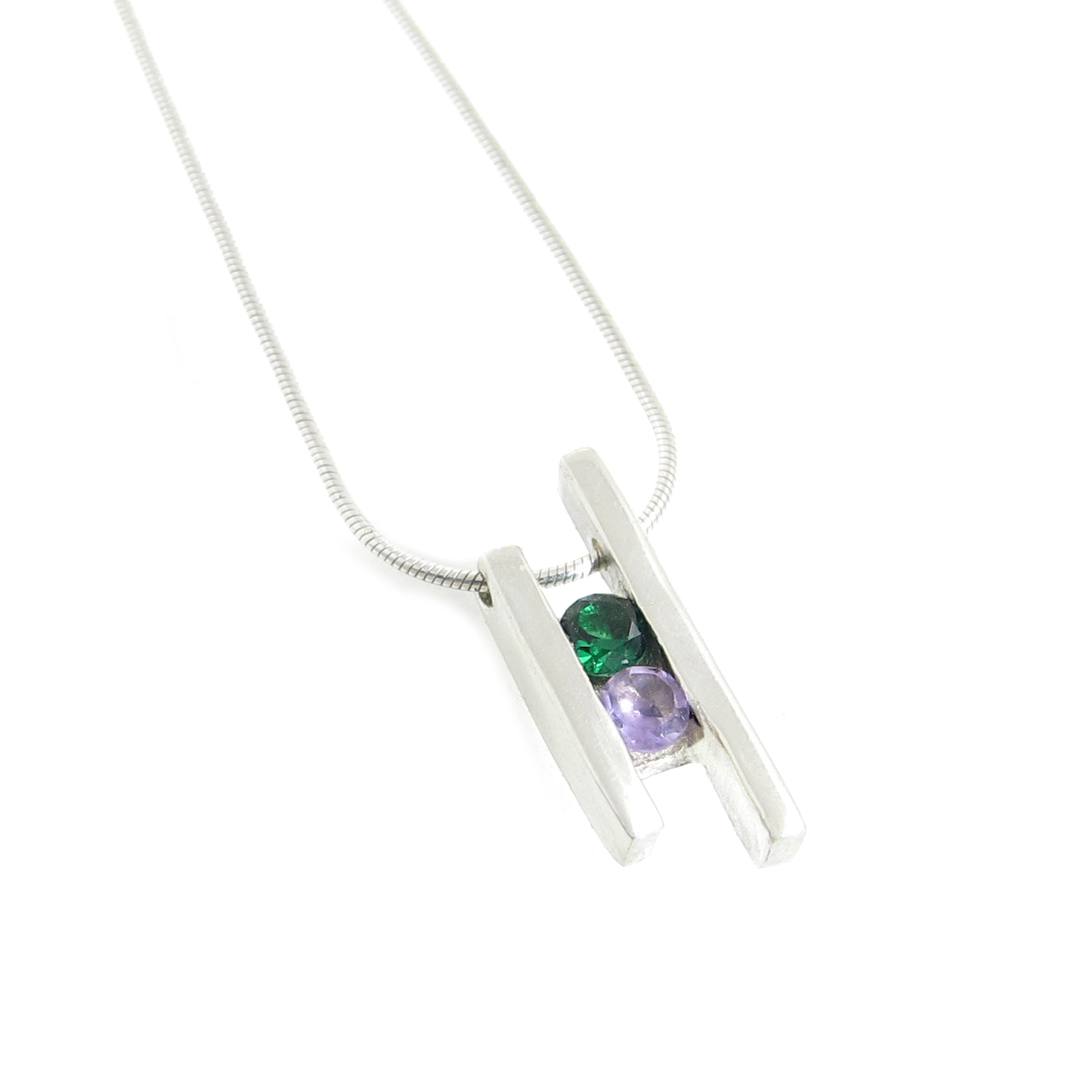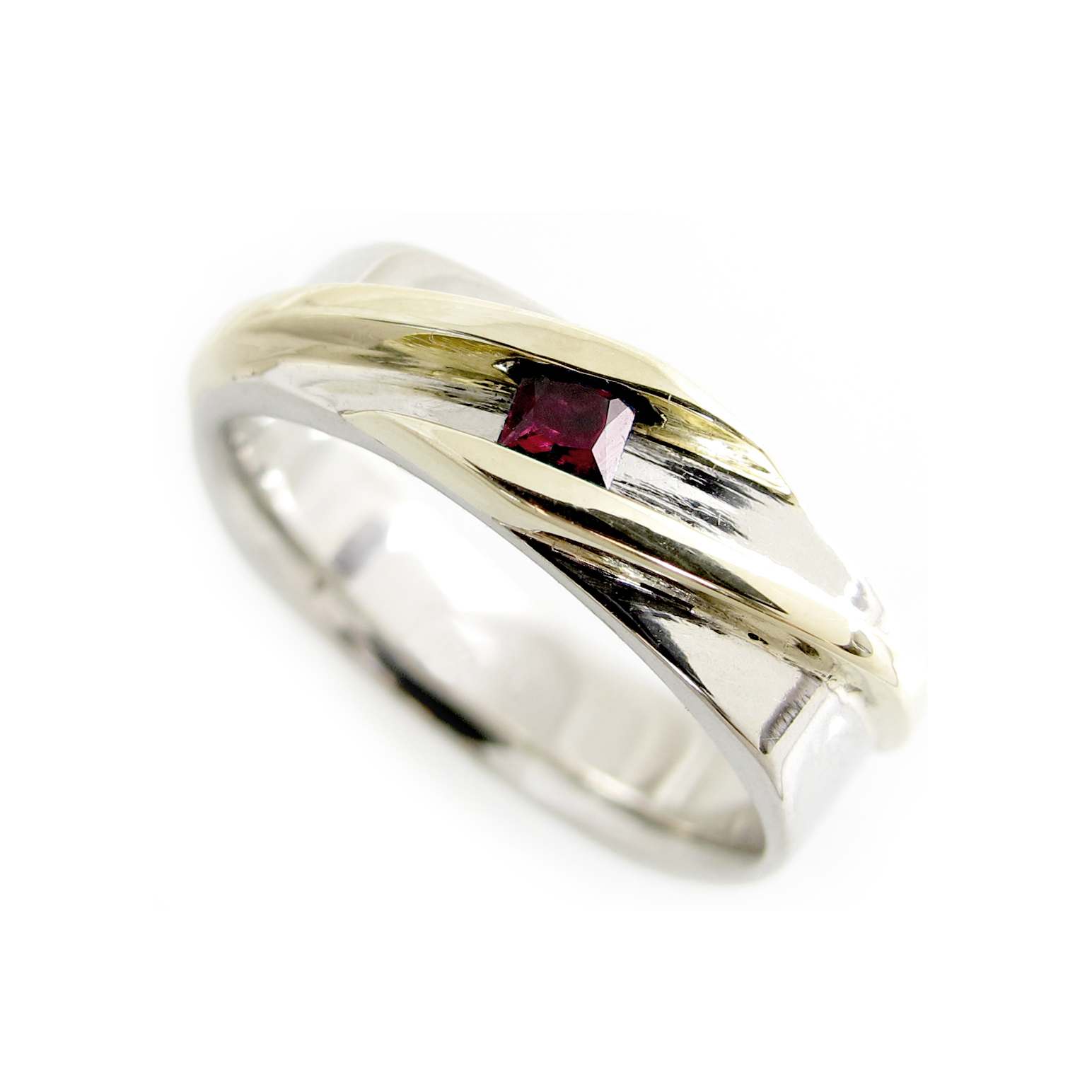Genuine vs Synthetic Gemstones. How to choose wisely.
Leander D'Ambrosia Wearables on 19th Feb 2016
Gemstones: Genuine vs Synthetic
The ins and outs of choosing the right stone
I have this conversation with my clients multiple times a week – they want to know the pros and cons of genuine vs synthetic gemstones, and whether the significant price hike between the two is worth the investment to them. Here’s the low down on some factors that will help you weigh your options before you buy.

PRICING
Gemstones are all over the spectrum when it comes to pricing. The question of using a genuine or synthetic gemstone is only really relevant when you are shopping for a high-caliber stone such as diamond, emerald, ruby, sapphire, alexandrite, tanzanite etc. These fine stones can get particularly pricy, making it an unsuitable choice for some. Although emerald is your birthstone and sapphires are your fav - you would love to wear these stones on a daily basis without having to worry about breaking the bank. This is where synthetic stones come in handy!
Stones such as amethyst, topaz, citrine and peridot are less expensive gemstones, so in this situation, choosing genuine is the most sensible (and only!) option. Only high-end stones are available in synthetic versions. In terms of pricing, synthetic gemstones are equally priced with the more moderate gemstones mentioned above, creating a fairly similar price point for all stones.
Channel Set Birthstone Pendant with Synthetic Emerald and Genuine Amethyst by Leander D'Ambrosia Wearables
We’re accustomed to the idea that natural is always the most eco friendly choice. However when it comes to gemstones, this notion doesn’t hold true. The harsh reality is that genuine gemstone mining supports the pillaging and destruction of the environment, encouraging digging horrifically huge holes that scar the earth’s surface forever and displaces thousands of poor people from their native lands.
Synthetic gemstones are man-made in a laboratory with state-of-the-art technology and chemistry. The earth’s crust isn’t turned inside out to get these beautiful gems. Yay for the environment!
Another eco friendly way to stone source is to buy recycled gemstones. Whether they are taken out of old jewelry or purchased through licensed re-sellers, this is a good way to ensure that your stones aren’t encouraging fresh holes in the earth.
*All diamonds that we use at Leander D’Ambrosia Wearables are either recycled, fair-mined or Canadian sourced. But that’s a whole other blog post that is soon to come!
Modern Two Tone Gold Ring with Princess Cut Genuine Ruby by Leander D'Ambrosia Wearables
Another misconception that we have ingrained in our minds is that faux is synonymous with poor quality. Again, not so when it comes to gemstones. In fact, often synthetic gemstones are more beautiful, free of inclusions and more durable than their natural counterparts. For example let’s look at emeralds. Even the finest quality natural emeralds tend to be heavily included with internal debris and fractures that make them appear cloudy and opaque and sometimes, downright ugly. However synthetic emeralds are completely clear and therefore appear more beautiful, radiant and perfect than their natural version. The same can be said for Ruby and Sapphire too.
All synthetic gemstones are made with the same identical chemical make-up as their finest quality natural counterparts.
All gemstone pieces by Leander D'ambrosia Wearables feature genuine gemstones unless 'synthetic' is indicated.
In conclusion, of course there are circumstances where only the finest, most revered gemstones will be suitable, and there will also be times when a synthetic stone will bedazzle and turn heads. The choice is in your hands. I hope this write up has given you some more clarity to better inform you on your gem shopping endeavors!
As always, we are here to answer any of your questions and give you our honest advice. Happy shopping!








